Vanilla
Bean
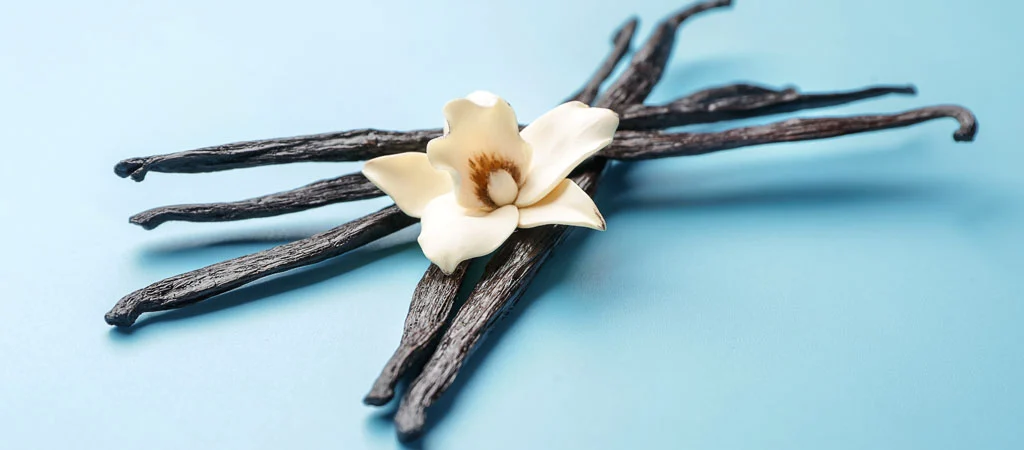
Vanilla Bean is the fruit of the tropical orchid Vanilla planifolia, native to Mexico and now cultivated in various tropical regions around the world. The bean is long, slender, and dark brown, filled with tiny seeds that give vanilla its characteristic aroma and flavor. Vanilla is one of the most popular and expensive spices globally, prized for its rich, sweet fragrance and versatility in culinary applications.
1. Size:
- The vanilla bean typically measures between 5 to 8 inches (13 to 20 cm) in length and is about 1/4 inch (0.6 cm) in diameter.
2. Color:
- The vanilla bean is dark brown to almost black when fully cured. Inside, the bean contains a sticky, black substance composed of tiny seeds.
3. Texture:
- Vanilla beans are smooth and slightly oily to the touch, with a pliable yet firm texture. When split open, the interior is sticky with numerous tiny seeds.
4. Fragrance:
- Vanilla is renowned for its rich, sweet, and creamy fragrance. The aroma is both warm and comforting, making it a popular choice in perfumes, candles, and aromatherapy.
5. Uses:
Vanilla beans are widely used in baking, cooking, and confectionery. The seeds and the pod can be used to infuse a rich vanilla flavor into desserts, such as cakes, custards, ice creams, and sauces.
Vanilla extract, made by soaking vanilla beans in alcohol, is a common flavoring in a wide variety of sweet and savory dishes. It is often used to enhance the flavor of chocolate, coffee, and fruit-based desserts.
Vanilla’s soothing scent is used in aromatherapy to promote relaxation, reduce stress, and create a comforting atmosphere.
Vanilla is a popular ingredient in cosmetics and perfumes, valued for its sweet and warm fragrance. It is often used in lotions, body sprays, and other skincare products.
6. Habitat:
- Vanilla planifolia is a tropical orchid that thrives in warm, humid climates. It is primarily grown in Madagascar, Mexico, and Tahiti. The plant prefers well-drained, fertile soil and partial shade, often growing in symbiosis with host trees.
7. Cultural and Spiritual Significance:
Vanilla has a long history of use among the indigenous peoples of Mexico, where it was originally cultivated by the Totonac people. It was later adopted by the Aztecs, who used it to flavor their chocolate drinks.
Due to its labor-intensive cultivation and processing, vanilla has been considered a symbol of luxury and opulence for centuries. It was once a rare and expensive spice reserved for royalty and the wealthy.
Spiritual Properties
Love and Attraction: Vanilla is believed to have properties that promote love and attraction. Its sweet scent is said to evoke feelings of warmth and comfort, making it a popular ingredient in love spells and rituals.
Happiness and Relaxation: Vanilla’s soothing aroma is thought to promote happiness and relaxation, helping to calm the mind and uplift the spirit.
Medicinal Properties
Antioxidant: Vanilla contains compounds with antioxidant properties, which help protect the body against oxidative stress and free radical damage.
Digestive Aid: Vanilla is sometimes used in herbal remedies to soothe digestive issues, such as indigestion and stomach cramps. Its pleasant flavor also makes it a popular addition to medicinal teas and tinctures.
Aphrodisiac: Vanilla is believed to have mild aphrodisiac properties, enhancing mood and promoting feelings of well-being.
Allergic Reactions
Vanilla Bean (Vanilla planifolia) is considered safe for most people when used in typical culinary amounts. However, some individuals might experience allergic reactions to vanilla or its extract, especially when used in high concentrations or applied directly to the skin.
Contact Dermatitis: Some individuals may experience contact dermatitis when handling vanilla beans or using products containing high concentrations of vanilla extract. Symptoms may include skin irritation, redness, and itching.
Respiratory Sensitivity: Inhalation of vanilla dust or strong vanilla fumes may cause respiratory irritation in sensitive individuals, potentially leading to symptoms like coughing, sneezing, or shortness of breath.
Gastrointestinal Upset: Consuming large amounts of vanilla or vanilla extract may cause nausea, vomiting, or stomach discomfort. It is recommended to use vanilla in moderation.
Headache: Some individuals may experience headaches after consuming or being exposed to strong vanilla scents, especially in concentrated forms like extracts or perfumes.
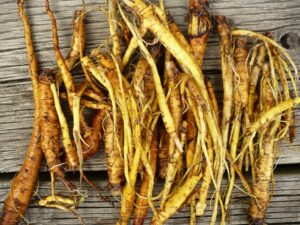
Yellow Dock
Yellow Dock Yellow Dock, scientifically known as Rumex crispus, is a perennial herb known for its distinctive long, curly leaves and deep yellow root. It
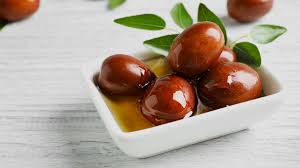
Jojoba
Jojoba Jojoba (Simmondsia chinensis) is a perennial shrub native to the arid regions of the southwestern United States and northern Mexico. The plant is best
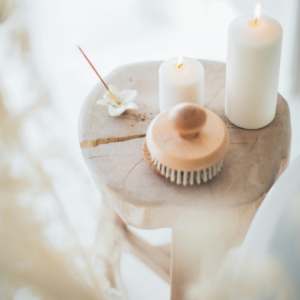
Spiritual Protection Bath
Spiritual Protection Bath This bath ritual is perfect for cleansing and protecting your aura from negative influences. Commonly used in spiritual practices for shielding and
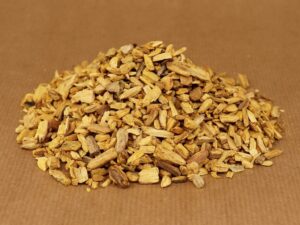
Palo Santo Chips
Palo Santo Chips Palo Santo, also known as "Holy Wood," is a sacred wood revered for its aromatic properties and spiritual significance. It is commonly
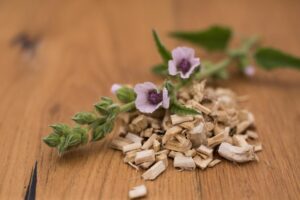
Marshmallow Leaf & Root
Marshmallow Leaf & Root Marshmallow Leaf and Root come from the Marshmallow plant (Althaea officinalis), a perennial herb known for its soothing properties. Both the
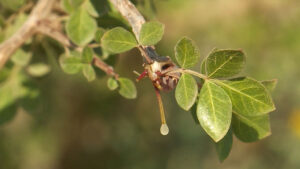
Balm of Gilead
Balm of Gilead Balm of Gilead is derived from the resinous buds of the Populus species, particularly Populus candicans or Populus balsamifera. This aromatic substance